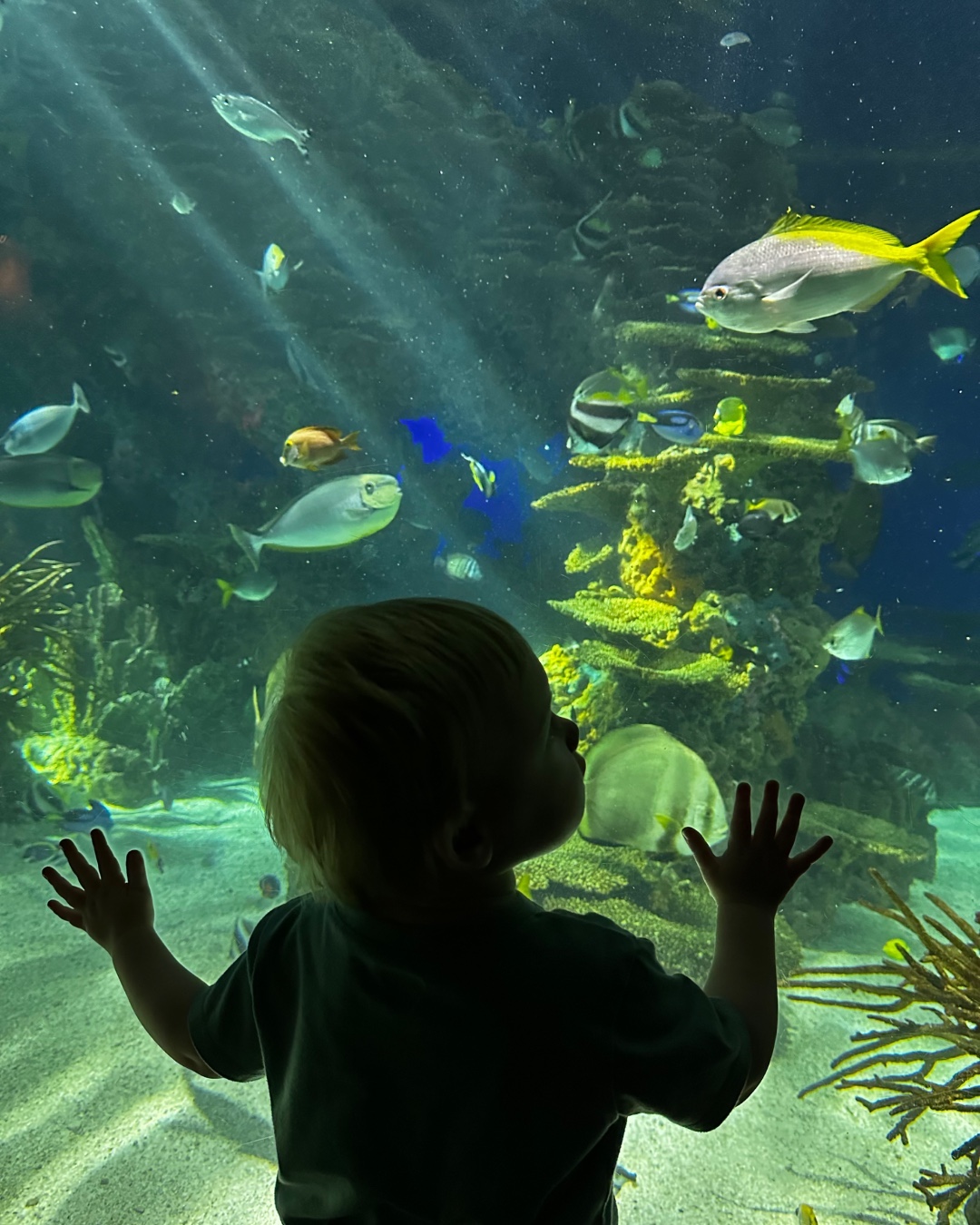- Deep sea daydreaming: Exploration and fascination
- Deep sea ecosystems and their unique inhabitants
- Conservation efforts and their significance for the deep sea
- Technological advancements aiding deep sea exploration
- The role of aquariums and zoological institutions in educating the public
Deep sea daydreaming is a phrase that encapsulates the human fascination with the unknown parts of our planet, particularly the ocean’s depths. It conjures images of vast, uncharted territories populated by mysterious creatures and landscapes. The deep sea, defined as the part of the ocean below 200 meters (656 feet), entices scientists, conservationists, and the general public alike with its spectacular biodiversity and potential for new discoveries.
Deep sea ecosystems are some of the most diverse and unexplored on Earth. Areas like hydrothermal vents, methane seeps, and deep-sea trenches host a variety of life forms, some of which are adapted to the extreme conditions of high pressure, low temperature, and complete darkness. For example, deep-sea anglerfish have evolved bioluminescent lures to attract prey in their dark habitat. Meanwhile, deep-sea coral reefs, despite their slow growth rates, support a wide range of marine species, acting as critical feeding and breeding grounds.
One cannot discuss deep sea ecosystems without mentioning the challenges they face, particularly from human activities. Deep-sea mining, climate change, and pollution pose significant threats to these fragile environments. Conservation efforts are vital to preserve these unique ecosystems. Marine protected areas (MPAs), for example, offer sanctuaries where marine life can thrive without human interference. Organizations like the International Union for Conservation of Nature (IUCN) work globally to identify critical habitats and advocate for their protection.
Technological advancements have significantly improved our ability to explore and understand the deep sea. Remotely operated vehicles (ROVs) and autonomous underwater vehicles (AUVs) allow scientists to map the ocean floor, collect samples, and observe marine life at great depths. These technologies have revolutionized our knowledge of the deep sea, revealing new species and ecosystems regularly. Furthermore, advancements in genetic research enable scientists to study the biodiversity of these regions in greater detail, offering insights into the evolutionary processes that shape life in extreme environments.
Aquariums and zoological institutions play a crucial role in educating the public about the deep sea and its inhabitants. By featuring deep sea exhibits and providing detailed information about these ecosystems, these institutions foster a sense of wonder and responsibility towards marine conservation. Educational programs, research initiatives, and collaborative projects with scientists help to bring the marvels of the deep sea to a broader audience, inspiring the next generation of marine biologists and conservationists.
Deep sea daydreaming is more than just a whimsical notion; it represents a genuine scientific and educational endeavor to explore one of the last frontiers on Earth. By continuing to study and protect the deep sea, we not only expand our understanding of the natural world but also ensure the preservation of these vital ecosystems for future generations.
*****
Source Description
✨ Deep sea daydreaming. ✨
If you have dreams of being featured next SHELL-fie Sunday, tag us in your photos and you might be featured next!
📸: Hailey M.
•
•
•


